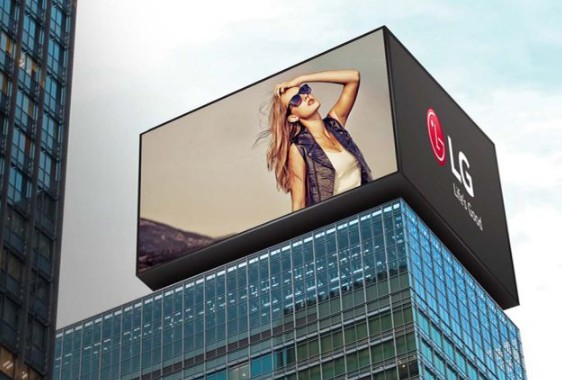Outdoor LED displays are built to shine in environments where weather, sunlight, and long operating hours can easily challenge performance. Whether you are sourcing LEDs for outdoor billboards, stadium screens, or transportation signage, the right LED selection directly determines brightness, durability, and maintenance cost.
This guide walks you through the most critical LED selection criteria: brightness, IP rating, and reliability — helping you build outdoor LED displays that remain vivid and stable in any condition.

Outdoor displays face harsher conditions than indoor LED screens:
Choosing high-quality LEDs ensures:
Brightness is the No.1 performance factor for outdoor displays. It is measured in nits (cd/m²) — the higher the value, the stronger the visibility.
| Application | Recommended Brightness |
| Urban billboards | 5,000 – 7,000 nits |
| High-traffic road signage | 7,000 – 10,000 nits |
| Stadium & sports arenas | 5,000 – 8,000 nits |
| Semi-outdoor storefront screens | 3,500 – 5,000 nits |
However, brightness isn’t everything — extremely high brightness increases power consumption and heat. Smart brightness control helps maintain:
Ideal choice: High-efficiency SMD or ceramic-package LEDs designed for outdoor usage.
IP rating defines how well LEDs resist environmental damage:
Format: IP XY
| IP Level | Protection Level | Outdoor Recommendation |
| IP65 | Dustproof & water-jets resistant | For front exposure |
| IP66 | Strong water resistance | Storm-level protection |
| IP67 | Temporary immersion waterproof | Extremely harsh environments |
Front-maintenance outdoor LED modules typically require IP65+, while back protection can be slightly lower.
You may also interested in: what is IP rating?
Outdoor LEDs must deliver consistent image quality, even under thermal stress and long operation hours.
Key reliability indicators:
| Metric | What It Means | Goal |
| Luminous efficacy | Brightness per watt | Higher = better |
| Heat resistance | Stability at high temperatures | Strong thermal management |
| UV protection | Anti-sunlight aging | Required outdoors |
| Failure rate / dead pixel rate | Stability over time | Extremely low |
| Factor | Why It Matters |
| Viewing angle | Must match viewing distance & installation height |
| Color uniformity | Prevents mismatched pixel colors |
| Anti-salt fog | Required for coastal installations |
| Anti-static protection | Prevents damage during handling |
| Certification | Ensures quality compliance (e.g., CE, UL) |
| Scenario | Recommended LED Characteristics |
| Outdoor billboard facing direct sun | 7,000+ nits, IP65+, ceramic LED |
| Stadium perimeter display | Wide viewing angle, high refresh, impact-resistant package |
| Coastal transportation signage | Anti-corrosion coating, IP67 protection |
| Storefront outdoor ads | 5,000–7,000 nits with brightness control for nighttime |
If a supplier struggles to answer these questions — move on.
The success of an outdoor LED display starts with choosing the right LEDs. By prioritizing:
You protect your investment and deliver consistently impressive visuals.
If you need professional guidance on sourcing outdoor-grade LEDs for your next project, we’re always here to help.